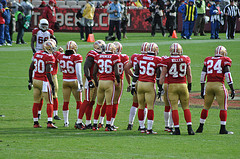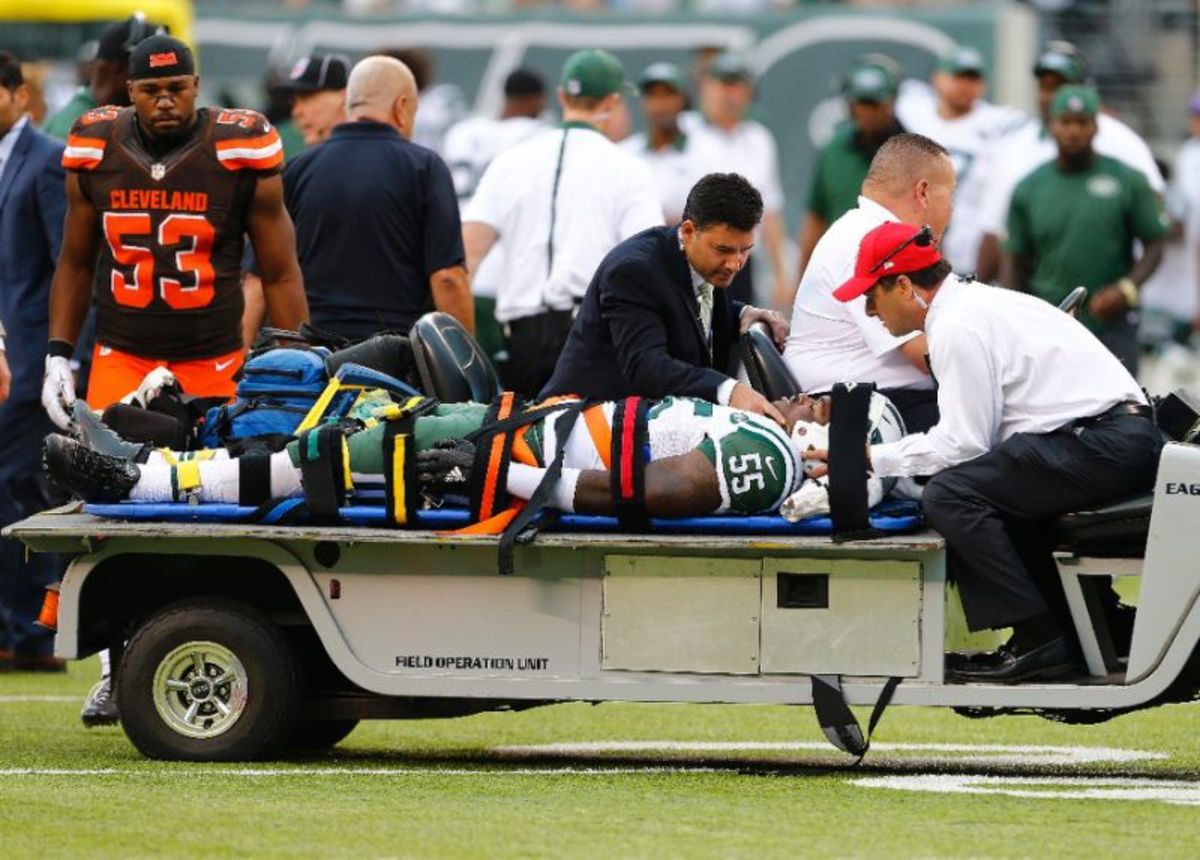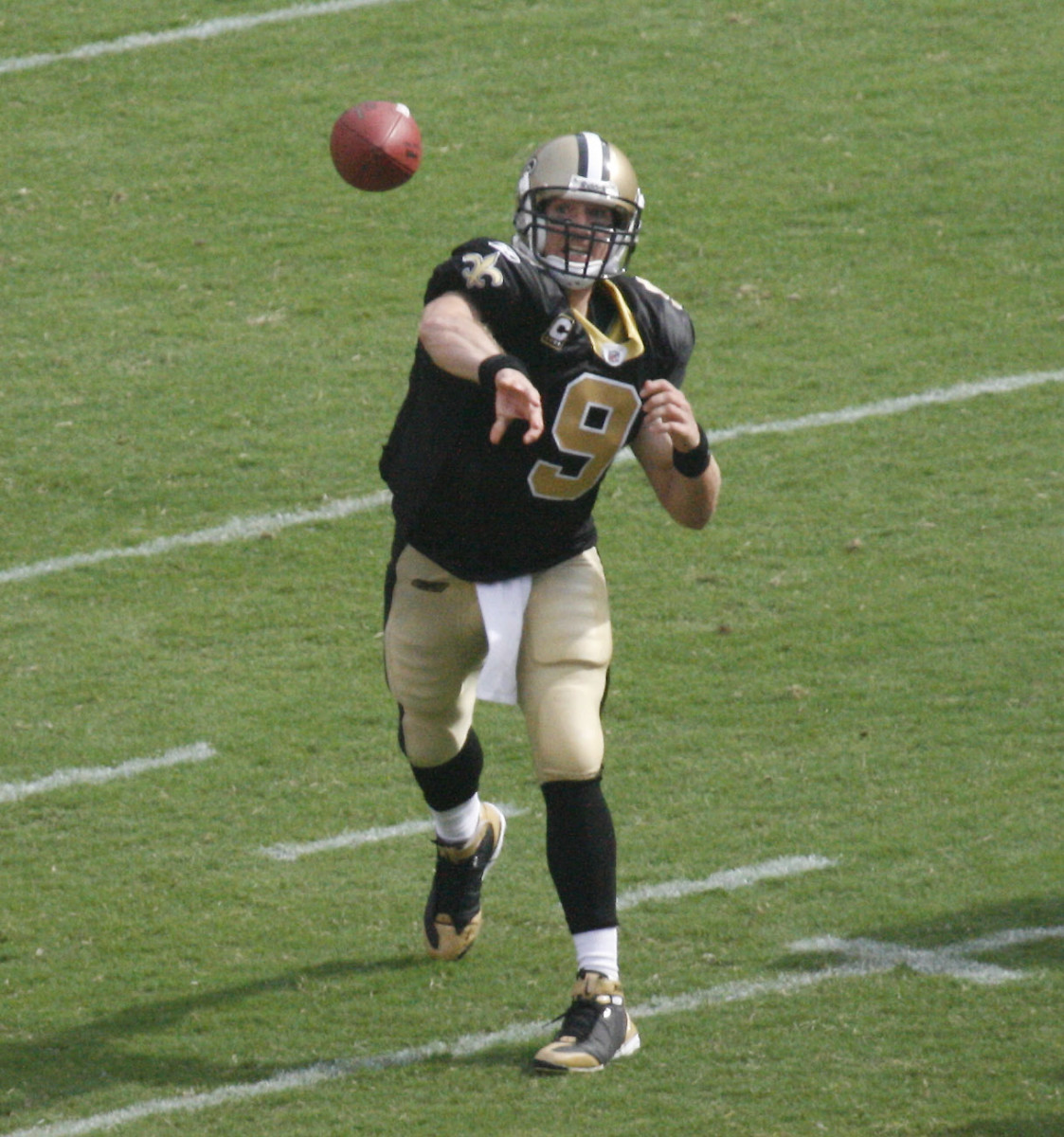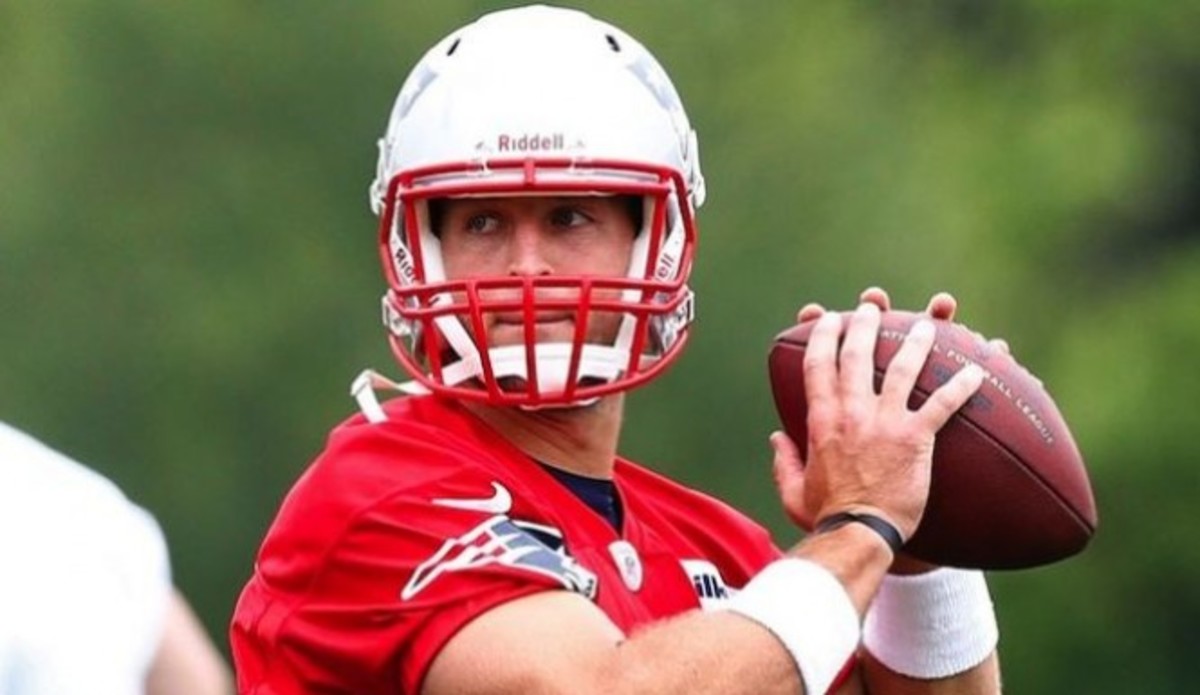- HubPages»
- Sports and Recreation»
- Team Sports»
- American Football»
- NFL Football
Does the NFL need to regulate player tattoos?

Are tattoos part of NFL uniforms?
Uniforms are one of the most important things in NFL games. They are made to differentiate teams from each other and to mark each team with colors, logos and styles that present a carefully crafted image. Jersey numbers identify players by position, generally offensive linemen wear numbers in the 60s, wide receivers and tight ends wear numbers in the 80s, etc. Each element of uniforms is carefully planned by the team and regulated by the league. Players easily discard old jerseys for new identities when traded, but remain subject to the same rules. But what about symbols that cannot be discarded as jerseys or made a different color like shoes? What about tattoos?
The NFL’s policy on player tattoos, which is non-existent or difficult to find. Perhaps there has never before been a reason to create a tattoo policy, but there may be one now.
The recent discussion about San Francisco 49’s quarterback Colin Kaepernick’s tattoos raises issues about a player’s role as both an agent of his team and its clearly defined identity and as an individual with personal beliefs and history.
In fact, they are circling around the issue of how tattoos, which cannot be exchanged for another team’s jersey or tossed with last year’s, comment on a team and the league. The implication is that tattoos, regardless of their subject, are a marker of degenerate behavior. For a more effective, more objective, less provocative position or when evaluating or creating a tattoo policy, the league should consider the following:
Is the player’s body part of the uniform?
NFL rules state that hair is a part of the uniform. In 2003, responding to the controversy over running back Rickey Williams’ deadlocks, the league instituted Ricky Williams rule states that hair extending beyond the helmet is part of the uniform and can be pulled, tugged, etc. just like a jersey. Players do not have to wear their hair at a regulated length, but the rule adds potential risk to the player with long hair. Hair can be cut and manipulated more easily than skin and because of that it is a less powerful and lasting statement.
Do existing rules apply to tattoo designs?
Recently, quarterback Alex Smith was fined for wearing a San Francisco Giants hat at a post-game press conference. Smith broke a league rule stating that players cannot wear non-NFL-sponsored team gear until 90 minutes after the end of a game. The rule specifies competing leagues so, as Smith pointed out, he could have worn other brand logos and not have been fined. It is easy enough to put take off a hat, but what about a tattoo? I am sure there are plenty of tattoos on NFL players that express messages or even represent leagues that are not sponsored by the league. Should players cover up their offending tattoos until 90 minutes after the game?
You can tell a player what clothes to wear, but can you tell him how to wear his tattoos?
Just like Ricky William’s hair, the league cannot tell a player how to decorate his body but, like a uniform, it can dictate how he can display it as an agent of the NFL. Most recently, Tarell Brown was fined for wearing unapproved undergarment; all team members must wear the same undergarment color on the same day (Brown wore red). If everything visible on the body is part of the uniform, are tattoos included? The complexities about what tattoos mean to the wearer, the league, the fans, the press, etc. could lead to an all or nothing rule. If not, than guidelines describing appropriate and inappropriate imagery would be necessary.
Does the act and result of tattooing fall under rules for player behavior?
There are reasons for such stringent rules on player uniforms; they are the defining features of the team, player and league. Players who wear them are subject to rules of conduct because the way players act and speak reflects on the league. Sullying the image of the league is detrimental to all involved, but here is a limit between reasonable league rules and personal freedom. Tattoos do affect the image of the league and alter uniform, but does the league have the right to regulate how players use their skin? Even with the recent attention to Kaepernick’s tattoos, does the NFL need to regulate player tattoos?








